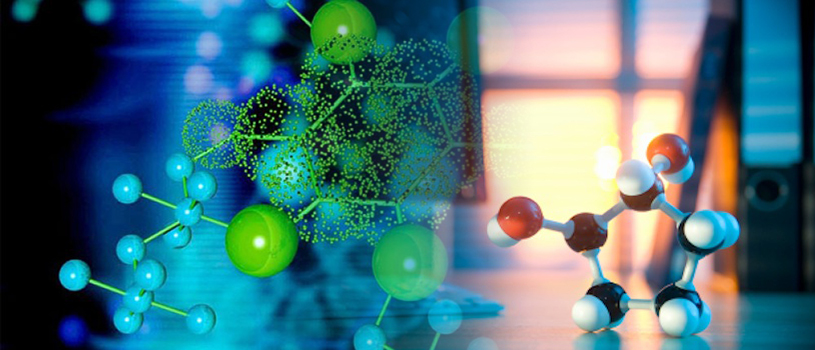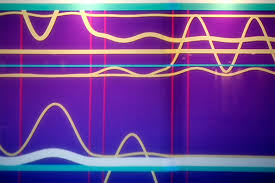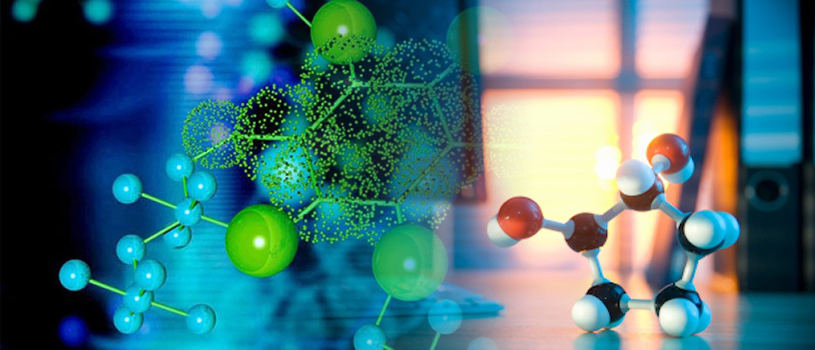
By successfully confining atoms of antihydrogen for an unprecedented 1,000 seconds, an international team of researchers called the ALPHA Collaboration has taken a step towards resolving one of the grand challenges of modern physics: explaining why the Universe is made almost entirely of matter, when matter and antimatter are symmetric, with identical mass, spin and other properties. The achievement is remarkable because antimatter instantly disappears on contact with regular matter such that confining antimatter requires the use of exotic technology.

The most efficient colloidal quantum dot (CQD) solar cell ever has been created by researchers from the University of Toronto (U of T), King Abdullah

Researchers led by the Buck Institute for Research on Aging and the Georgia Institute of Technology have shown they can reverse the aging process for human

(PhysOrg.com) -- Used in Hollywood and the advertising industry to create exotic special effects, ferrofluids are seemingly magical materials that are both liquid and magnetic at once. In a study published today in Physical Review B, Yale electrical engineering professor Hur Koser and colleagues from the University of Georgia and Massachusetts Institute of Technology demonstrate for the first time an approach that allows ferrofluids to be pumped by magnetic fields alone. The invention could lead to new applications for this mysterious material.

(PhysOrg.com) -- Scientists at the University of Glasgow say they have taken their first tentative steps towards creating

The last missing piece of scientists’ fundamental model of particle physics is running out of places to hide.

Two experimental collaborations at the Large Hadron Collider, located at CERN laboratory near Geneva, Switzerland, announced that they have significantly narrowed the mass region in which the Higgs boson could be hiding. The ATLAS and CMS experiments excluded with 95 percent certainty the existence of a Higgs over most of the mass region from 145 to 466 GeV.

The physics world was abuzz with some tantalizing news a couple of weeks ago. At a meeting of the European Physical Society in Grenoble, France, physicists -- including some from Caltech -- announced that the latest data from the Large Hadron Collider (LHC) might hint at the existence of the ever-elusive Higgs boson.

The Japanese-European ASACUSA experiment at CERN has reported a new measurement of the antiproton

On June 17 at around 10:50 CEST, the amount of data accumulated by LHC experiments ATLAS and CMS clicked over from 0.999 to 1 inverse femtobarn, signaling an important milestone in the experiments

(PhysOrg.com) -- Seventeen minutes may not seem like much, but to physicists working on the Antihydrogen Laser Physics Apparatus (ALPHA) project at the CERN physics complex near Geneva, 1000 seconds is nearly four orders of magnitude better than has ever been achieved before in capturing and holding onto antimatter atoms. In a paper published in arXiv, a team of researchers studying the properties of antimatter, describe a process whereby they were able to confine antihydrogen atoms for just that long, paving the way for new experiments that could demonstrate properties of antimatter that until now, have been largely speculation.